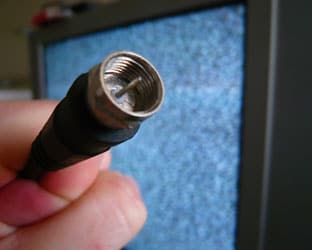The Marin Institute believes that advertising is a factor in underage drinking, and works diligently to limit its use. It calls the Super Bowl the ‘Holy Grail” of beer advertising, and is running its 3rd annual contest among 10-20 year-olds to produce their own :30- or :60-second anti-beer commercial commercials.
MI’s Michael Scippa said, “Marin Institute’s Free The Bowl™ contest is an engaging way for young people to digitally protest inappropriate alcohol ads during TV sporting events. Excessive Big Alcohol beer ads create an environment that promotes unhealthy consumption among vulnerable youth and adults.”
Performance art is this year’s theme – MI said that, “young filmmakers are being challenged to create original music, dance, rap or spoken word videos that carry the contest’s core message – Free The Bowl from beer ads.”
Scippa concluded, “Foreign-based alcohol corporations spend half a billion dollars annually advertising during TV sports programs. And the holy grail of beer ad venues is the Super Bowl, where Anheuser-Busch InBev burns ten solid minutes of beer brands into the developing brains of an estimated 30 million underage football fans. Free The Bowl™ allows youth to say to A-B InBev, CBS-TV and the NFL, NO MORE BEER ADS!”
The deadline for submissions is 1/24/11 and the winner will be revealed 2/3/11 at an event held at the Smith Rafael Film Center in San Rafael CA.
RBR-TVBR observation: Is advertising really the major factor in the decision to drink a beer while underage? We would bet that a comprehensive study would discover that parental example is the single primary driver in this regard, as it is in so many other things. But advertising is visible and makes an easy target.
Speaking strictly anecdotally, we can’t remember a single time we or anybody we know decided to drink a beer because they saw or heard a beer ad.
On one level, beer advertising is purchased to get a consumer to choose a beer instead of wine or some other option; but primarily, it is intended to get a consumer to select a specific brand of beer.
We have seen plenty of examples of friends selecting or turning down a beer on the basis of branding, and even heard and participated in friendly arguments on the topic. Such arguments lead to choices at the cash register, and that’s what the advertising is intended to influence.
Would banishing beer ads from the Super Bowl really result in a major change in underage consumption patterns? If it changed by even one percent we’d be surprised, because there are many factors involved in this beyond advertising. But do the study, somebody, and prove it, before singling advertising out as the sole scapegoat.




